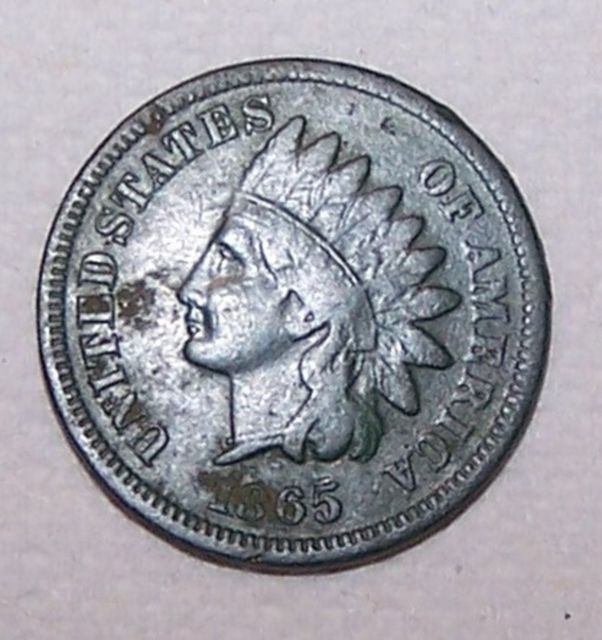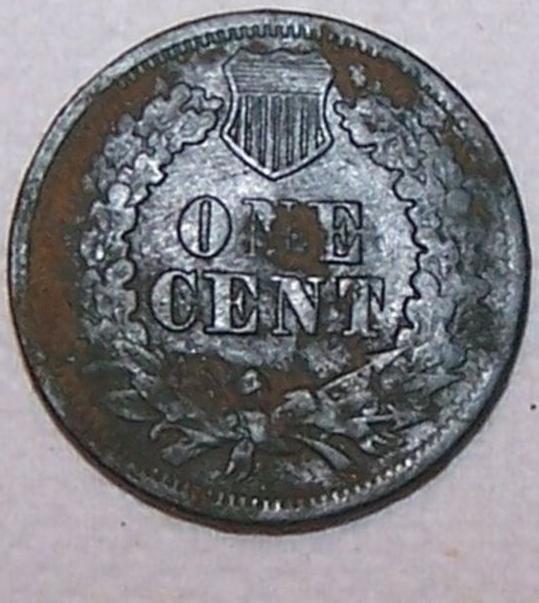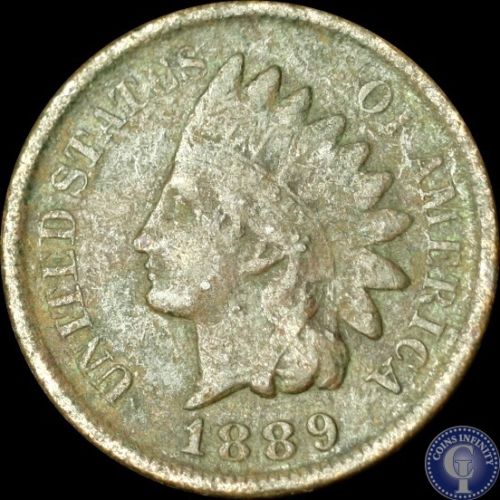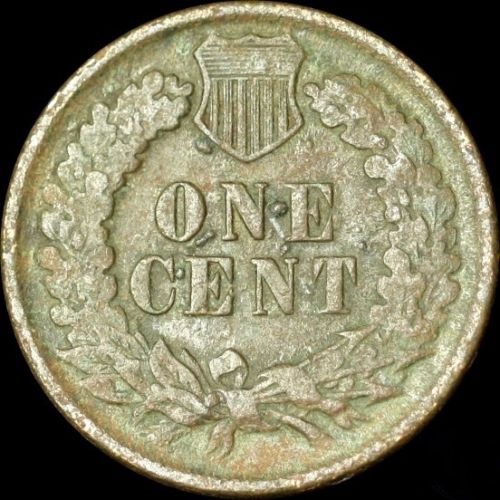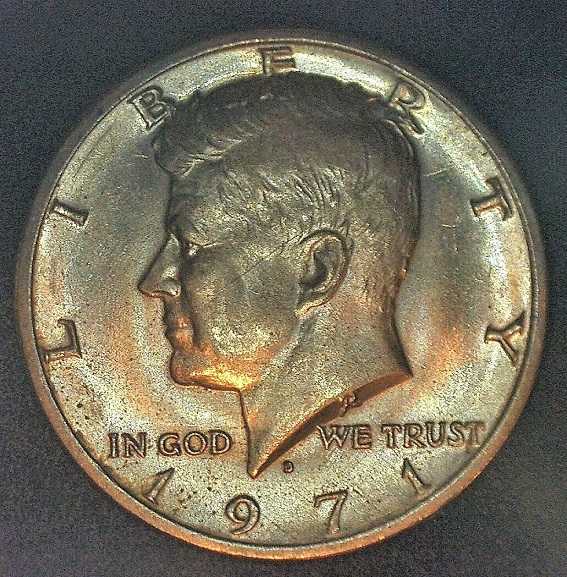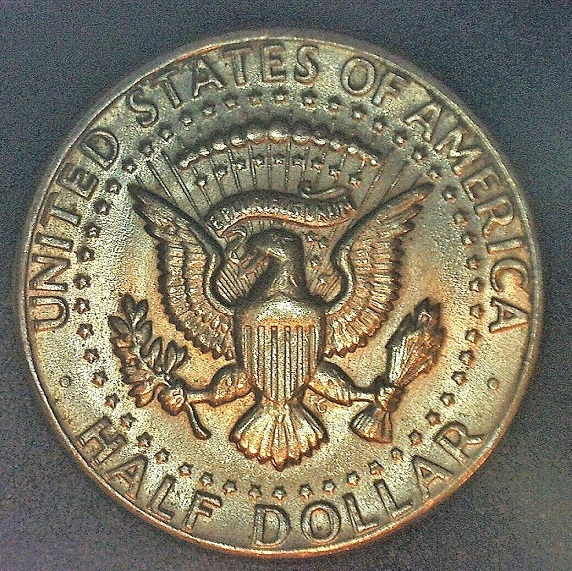Errors
Types of Coin Errors
All error coins are essentially coin misprints. They are always the result of a mistake made during the manufacturing process at the mint (rather than post-mint damage). Error coins can be divided into three general categories.
Planchet Errors: A “planchet” is another word for the blanks that are used to make coins. Errors in this category involve improper preparation of coin planchets. Examples include clipped planchets that are the wrong shape, planchets that are the wrong thickness, and even planchets that are mistakenly left blank.
Die Errors: The process of minting coins involves dies that impart the lettering, numbers, and images onto the surface of a coin. One die is used for the obverse (front, or “heads” side) of the coin, and other is used for the reverse (back, or “tails” side). If there is an issue or flaw with either die, it can lead to errors such as the doubling of design elements or the mismatching of two dies. The latter case results in what is known as a “mule” coin.
Strike Errors: Striking is the step in the minting process where the design from the die is impressed onto the coin. Strike errors include off-center or misaligned strikes, designs struck on the wrong size planchet, and other oddities.
Again, it’s important to note that all error coins are made at the mint. Their release into circulation is always a mistake or oversight. This distinguishes coin misprints from coins that simply have post-mint damage—changes to the coin that happen after they leave the mint. Such damaged coins hold no value for collectors and are not considered errors.
Showing all 3 results

